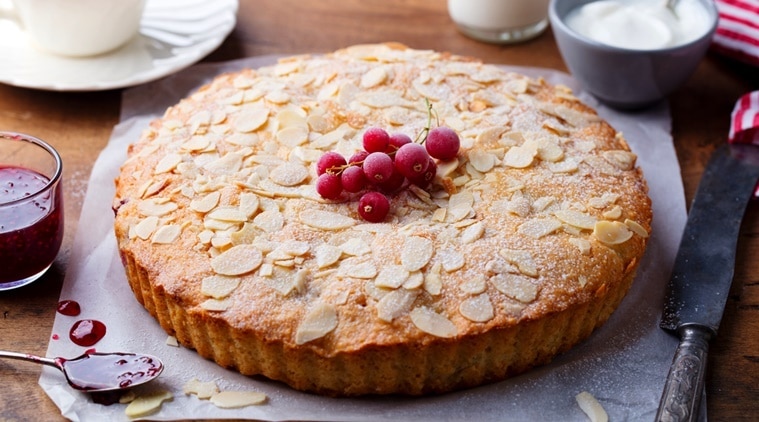 Make sure you follow these tips for a great bake. (Source: File Photo)
Make sure you follow these tips for a great bake. (Source: File Photo)
A lot of us have taken to baking these days as a way to keep ourselves busy. But some of us are having a hard time understanding what went wrong with a particular recipe. From missing out on the moistness in cakes to forgetting to preheat the oven, simple mistakes can cost us all our efforts. So what is the way out? Michelle Peris, senior pastry chef, Academy of Pastry and Culinary Arts suggests these tips to perfect your .
Pre-heat the oven
Wait until the oven is completely preheated before baking. Baking a cake right after switching on the oven hinders the chemistry of the bake.
Measure ingredients correctly
Your ingredient measurements have to be precise to get the chemical reactions you need and to achieve that perfect, consistent result every time. Be it using metric measures with a cup or spoon, or using a weighing scale, it has to be accurate to a T.
 Time to bake it right. (Photo: Pixabay)
Time to bake it right. (Photo: Pixabay)
Don’t open the oven too often
Opening the oven lets the hot air out, decreasing the temperature. It could even cause your cake to collapse. Unless you’re rotating your baked goods or checking if its done, it’s best to observe through the window so that the temperature inside the oven is maintained at all times.
If your bake turns out too dry or too wet
Baking for too long will result in a dry cake, while baking too little can result in a mushy center. If your cake comes out dry, poke some small holes at the top and brush the cake with simple sugar syrup, which will permeate the cake and give it some much-needed moisture. If the outside of your cake appears perfectly baked but the center still looks wobbly, decrease the oven temperature by 20-25 degrees celsius, cover the top of your cake with foil, and continue to cook for a few minutes until a toothpick through the middle comes out clean.
The flour isn’t incorporated smoothly
If your batter or dough is taking on an odd texture such that it is lumpy, uneven, too stiff or too runny, there’s a chance one of two common flour mistakes is to blame:
– Measuring the flour incorrectly
– Not sifting the flour before using it causing it to become lumpy or mix unevenly.
Using ingredients kept at wrong temperature
When a recipe calls for room-temperature butter, milk, or eggs, it’s important to not bypass the temperature step in order to save time. While it might be tempting to zap your ingredients in the microwave to speed up this process, ultimately that will just result in uneven heat levels and too-high temperatures.
Egg whites aren’t getting fluffy
If you’ve been whipping away at your eggs for some time and they’re still not developing any kind of peak, there could be a few possible things to blame. Eggs for whipping should be as fresh as possible and at room temperature; cold eggs are unlikely to whip well. Your whisk and bowl should be completely dry before whipping. Any added water can throw off the chemistry of the eggs and prevent them from hardening.
ALSO READ | Bored at home? Learn how to bake a cake in a pan
Products are not baking evenly
The heat within your oven is unlikely to be perfectly distributed throughout, with certain parts of the oven containing hotter pockets of air. Because of this, if your baked goods remain in the same position throughout the baking process, they will most likely bake unevenly. To avoid this, make sure to rotate your goods at least once throughout the baking process to make sure they’re being baked evenly.
Cakes are not baking with a flat top
When making layered or decorated cakes, it’s essential that each layer is flat and even. To avoid your cake rising in the center and taking on a domed shape during baking, wrap an even-bake strip or damp towel around the edge of your cake pan, which will prevent the top from rising and leave you with a smooth, level cake.
Cookies aren’t getting flat
The secret to a perfectly shaped cookie is the temperature. Cookie dough that’s too cold will result in rounder, thicker cookies that won’t have a satisfying crunch. However, cookie dough that’s too warm can spread too much while baking. Allow your dough to rest at room temperature for about 30 minutes before baking, and cook on a tray that is at room temperature, not chilled.